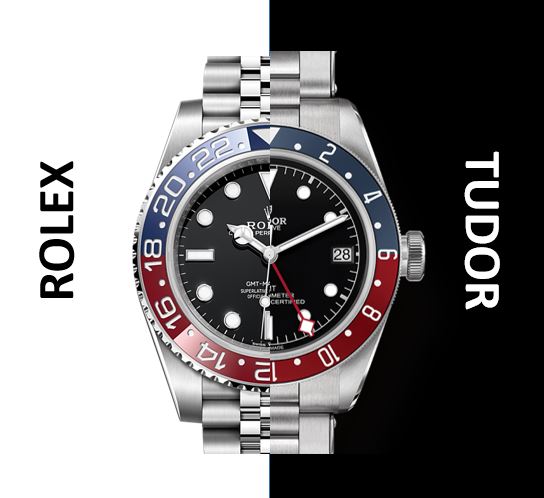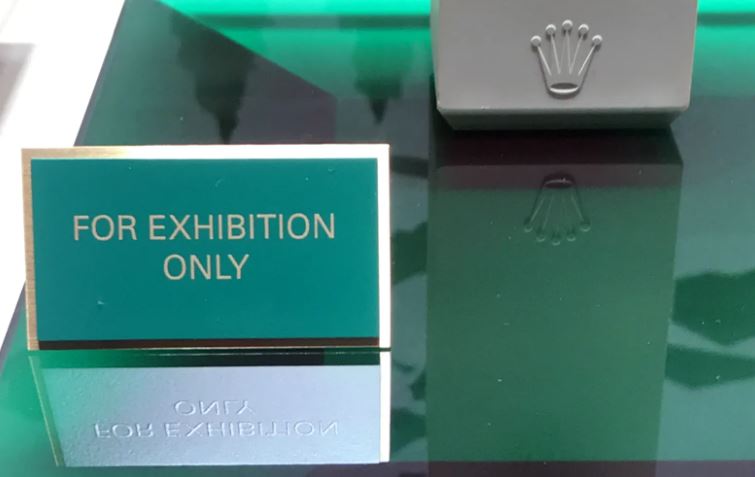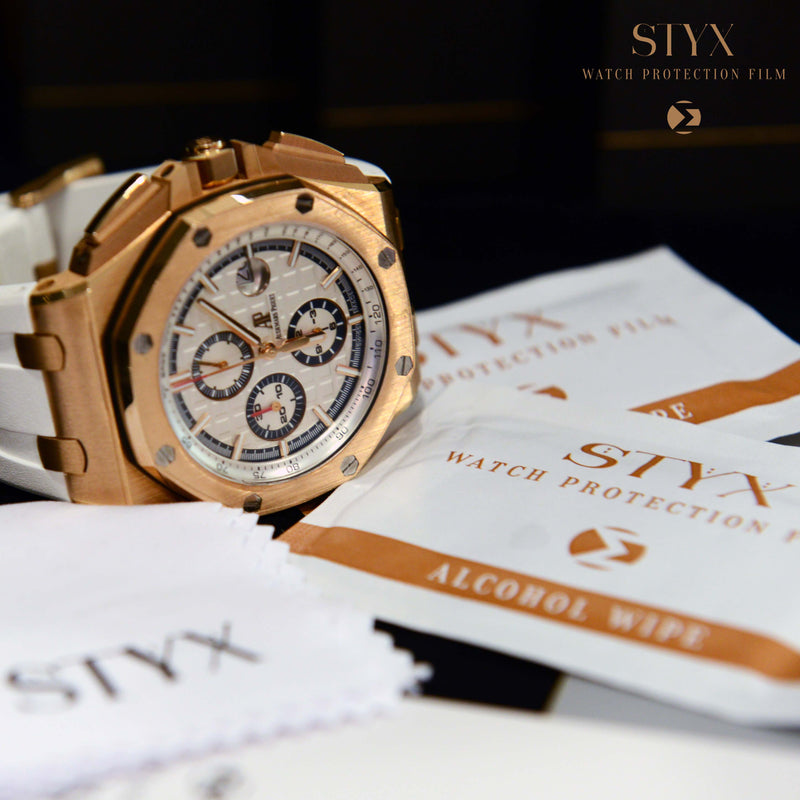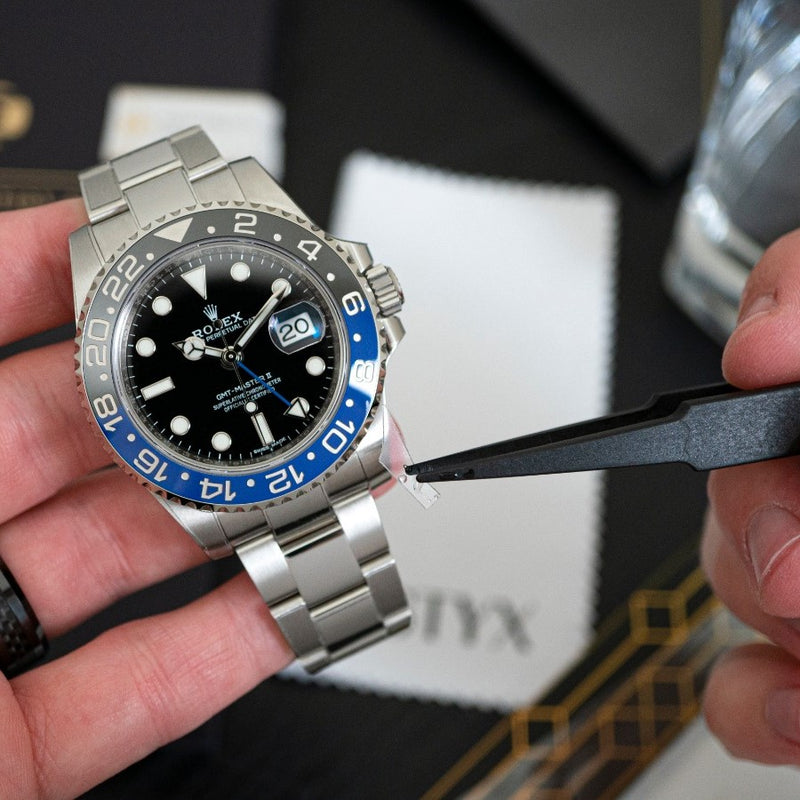
If you’re a watch enthusiast or just dipping your toes into the world of luxury timepieces, you’ve likely heard of Rolex and Tudor. These two brands have a unique relationship and share a lot in common, but they also have distinct characteristics that set them apart. Let’s dive into the intriguing world of Rolex and Tudor, and explore their connections, similarities, and differences.
The Family Ties
A Shared History:
- Rolex: Founded in 1905 by Hans Wilsdorf and Alfred Davis, Rolex is a heavyweight in the luxury watch industry.
- Tudor: Also founded by Hans Wilsdorf in 1926, Tudor was created to offer the same reliability as Rolex but at a more affordable price point.
Why Two Brands? Wilsdorf wanted to make high-quality watches accessible to a broader audience without diluting the Rolex brand’s luxury image. Thus, Tudor was born, leveraging Rolex’s reputation but targeting a different market segment.
Design DNA
Look-Alikes with a Twist:
- Rolex: Think iconic designs like the Submariner, Daytona, and Datejust. Rolex watches are the epitome of luxury and precision.
- Tudor: Early Tudor models often featured Rolex cases and crowns, making them robust and water-resistant. But Tudor soon developed its unique style, like the famous “snowflake” hands on its dive watches.
Shared but Unique: While both brands share design elements, Tudor has carved out its niche with distinctive features and a bold aesthetic. For instance, the Tudor Black Bay series is beloved for its vintage-inspired looks and modern functionality.
Under the Hood
Movements and Mechanics:
- Rolex: Known for its in-house movements, Rolex watches are celebrated for their precision, durability, and innovative features.
- Tudor: Initially used modified ETA movements but now boasts in-house calibers like the MT5602, which offer excellent performance and reliability.
Material Matters:
- Rolex: Utilizes proprietary materials like Oystersteel, Everose gold, and Cerachrom bezels.
- Tudor: Shares some of these advanced materials but also explores different avenues, like the titanium cases in the Pelagos line.
Price Points and Perception
Cost Considerations:
- Rolex: As a high-end luxury brand, Rolex watches come with a premium price tag. They’re often seen as status symbols.
- Tudor: Positioned as a more affordable luxury option, Tudor provides great value without compromising on quality. Perfect for those who want a luxury watch without breaking the bank.
Who’s Buying?
- Rolex: Appeals to those looking for a prestigious, timeless piece that signifies success.
- Tudor: Attracts watch enthusiasts who appreciate craftsmanship and heritage but prefer a more modest investment.
Resale Value and Collectibility
Investment Insight:
- Rolex: Known for strong resale value. Models like the Submariner and Daytona are often considered investments.
- Tudor: While traditionally lower, Tudor’s resale value is climbing, especially with popular models like the Black Bay.
Collector’s Dream: Both brands have passionate followings. Rolex is revered for its history and prestige, while Tudor is gaining recognition for its innovation and value.
Special Highlight: Buying a Tudor to Get on the Rolex Waitlist
One interesting strategy some watch enthusiasts use is purchasing a Tudor to potentially improve their chances of getting on a Rolex waitlist. Here’s how it works:
- Building a Relationship: Authorized dealers often prioritize loyal customers. Buying a Tudor from the same dealer where you hope to buy a Rolex can help build a relationship with the dealer.
- Demonstrating Interest: Purchasing a Tudor shows the dealer you’re serious about luxury watches, which can make you a more attractive candidate for a coveted spot on the Rolex waitlist.
- Potential Benefits: While not guaranteed, this approach can sometimes lead to better opportunities to acquire highly sought-after Rolex models, which often have long waiting lists due to high demand and limited supply.
Conclusion: The Best of Both Worlds
Whether you lean towards the luxury and prestige of Rolex or the value and unique charm of Tudor, both brands offer something special. Understanding their shared heritage and distinct qualities can help you make an informed choice and deepen your appreciation for these iconic timepieces.
For more details, check out the official websites of Rolex and Tudor, or explore watch communities and marketplaces like Chrono24 for in-depth reviews and price comparisons.



